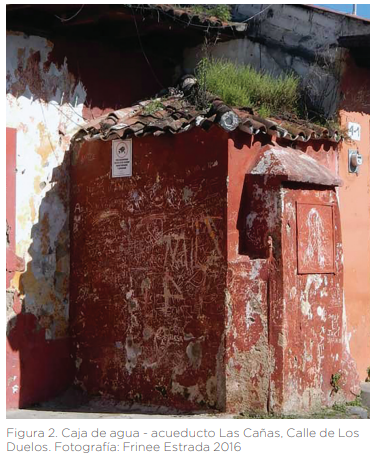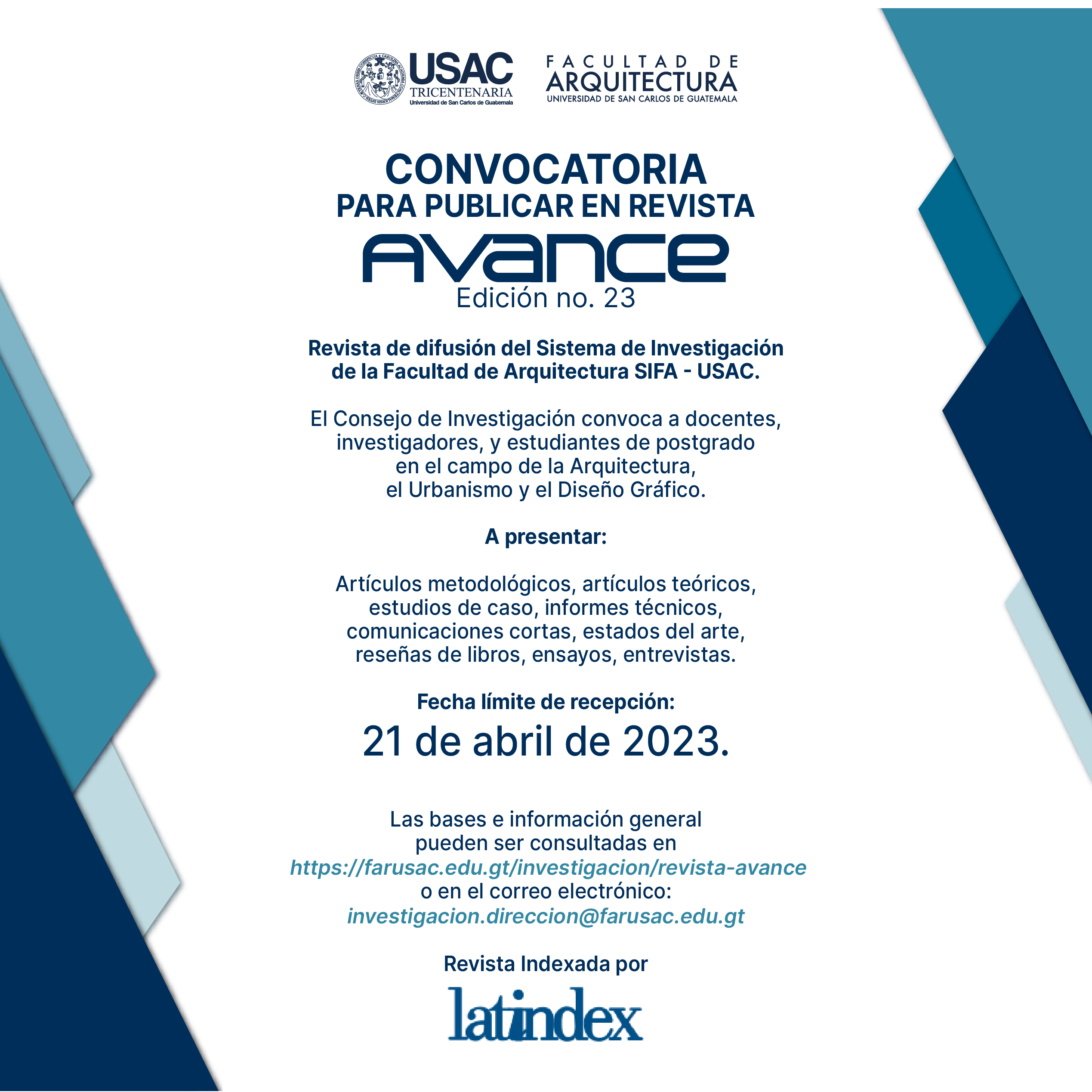The use of water in the urban space of the city of La Antigua Guatemala from 1833 to 1834
Keywords:
aqueduct, paja de agua, water meter box, taujía, becerroAbstract
In colonial times the water supply system of the city of Santiago de Guatemala came from three water sources: Cañas, Pamputic and Santa Ana, from where it was led to an intake or collection well. It was afterwards introduced into the aqueduct system, either underground or above ground, carrying it to the city where the vital liquid was required for its consumption.
Through the research carried out, historical antecedents of the water supply system were analyzed, evaluating how significant aqueducts were for the city. In addition, they played a very important role which was to provide a sector of the inhabitants with a highly essential service such as water; and to another large sector, the service of utility sinks or Pilas and public stone laundries.
The point of departure of this research is the information that exists at the Municipal Historical Archives of La Antigua Guatemala. The document “Sobre que se formen los Becerros de las aguas urbanas 1833” is the basis in the quantification of the consumption of Pajas de agua - per family - in the years of 1833 and 1834, emphasizing the relation water versus population. Determining that water is not only a service, but a symbol of social status.
Downloads

Downloads
Published
How to Cite
Issue
Section
License
Copyright (c) 2017 Miriam Frinee Estrada Arriaza

This work is licensed under a Creative Commons Attribution-NonCommercial-ShareAlike 4.0 International License.












